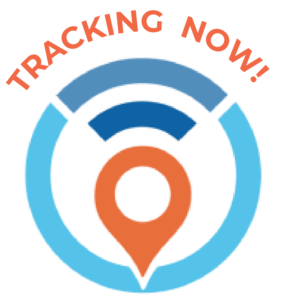China to Vietnam
- Home
- China to Vietnam
Specialize in Reliable Door-to-Door Delivery
Reach Any Destination
in Vietnam,
On Time
At BTS, we connect dynamic trade hubs between China and Vietnam, ensuring smooth and efficient logistics with our door-to-door delivery services, precise customs clearance, and adaptable free warehousing solutions. Our robust network, expertise in local regulations, and state-of-the-art technology guarantee timely, secure, and cost-effective transportation, making BTS the preferred partner for your China-to-Vietnam shipping needs.
![shutterstock_2477372473 [转换]-01](https://www.btshipping.com/wp-content/uploads/2024/08/shutterstock_2477372473-转换-01-scaled.jpg)
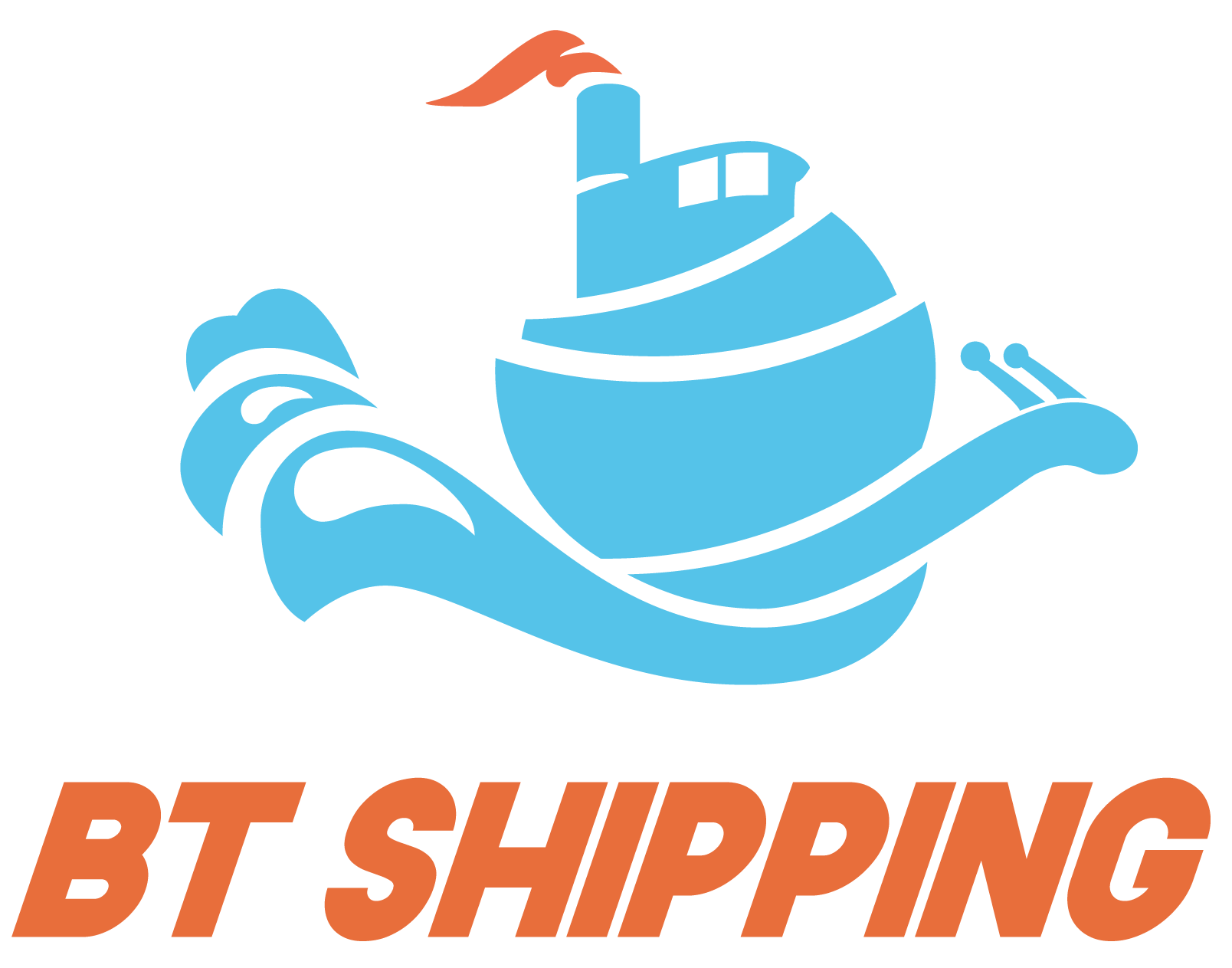
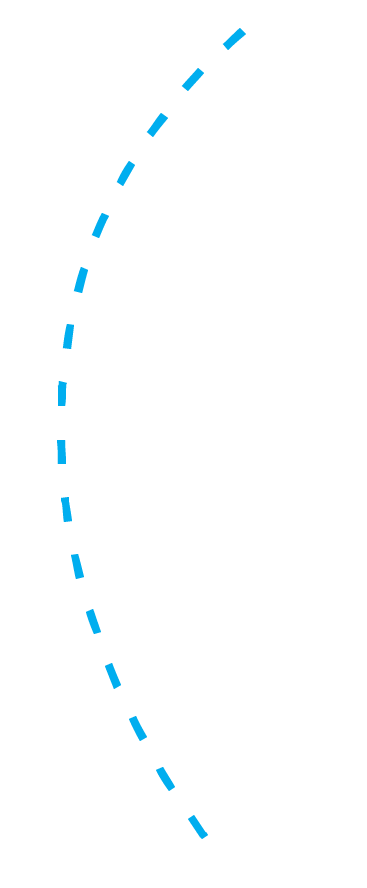
Your Bridge to Vietnam: Comprehensive Shipping Services
From sea and air to rail and express, our services ensure your cargo is delivered securely and promptly, supporting your trade and business growth in Vietnam.
Sea Freight
BT Shipping, providing FCL and LCL sea freight options, ensures secure and timely delivery from major Chinese ports to destinations like Ho Chi Minh City and Hai Phong in Vietnam.
Air Freight
Offering fast and reliable air freight, BT Shipping delivers from China to Vietnam within 1-2 days, utilizing major airports such as Noi Bai and Tan Son Nhat, supported by strong airline partnerships.
Rail Freight
Utilizing direct routes from Kunming and Nanning, China, to Vietnam via key crossings like the Youyiguan border, BTS offers cost-effective rail freight services, managing large shipments efficiently.
Express Service
BT Shipping’s express service, ideal for urgent consignments, ensures rapid delivery from China to Vietnam, complete with full tracking capabilities and secure handling.
Door to Door Delivery
Our door-to-door solution handles every detail from pickup in China to delivery in Vietnam, offering a seamless experience with full tax coverage and comprehensive logistics management.
Customs Clearance
We provide expert customs clearance services, managing all necessary documentation, duties, and taxes in China and Vietnam, ensuring compliance with import and export regulations.
Detailed Service Timelines, Characteristics and Advantages
BTS delivers shipments 20% faster than typical industry standards, reducing China to Vietnam shipping time, and providing prompt and efficient service.
Shipping Types | Estimated Transit Times | Key Characteristics | Why Choose |
Sea Freight | 3-6 days | Best for cost savings on large and small shipments. | Economical and secure for bulk goods. |
Air Freight | 1-2 days | Ideal for fast, urgent deliveries. | Quickest option with minimal transit time. |
Rail Freight | 2-7 days | Reliable for large-scale shipments with consistent scheduling. | Suitable for heavy cargo, provides a good balance between cost and transit time. |
Door-to-Door Service | Sea Freight: 5-8 days Air Freight: 3-5 days Rail Freight: 3-10 days | Complete service from pick-up to delivery. | Simplifies logistics, with all handling and paperwork managed for you. |
Why BTS: Speed in Delivery, Trust in Service
BTS ensures smooth shipping with extensive experience, advanced logistics technology, and a dedicated customer support team, making your logistics operations hassle-free as a dependable freight forwarder company.
Enjoy Streamlined and Seamless Shipping with BTS
1
Select Shipping Method
Choose the best freight option for your shipment.
2
Customs Documentation and Clearance
BTS manages all customs documentation and clearance.
3
Track Shipment
Monitor your cargo in real-time via our advanced systems.
4
Receive Goods
Timely delivery to your specified destination.
1、 What are the main ports in China used for shipping to Vietnam?
The main ports in China used for shipping to Vietnam are:
-
Shenzhen (Yantian, Shekou, Chiwan): Major ports in Guangdong, providing direct and frequent shipping routes to Vietnam.
-
Guangzhou (Nansha): A significant port in the Pearl River Delta, supporting both bulk and container shipments.
-
Shanghai: One of the busiest ports globally, offering extensive connectivity and handling a significant volume of containers.
-
Ningbo: A major port that supports a large shipment volume with efficient loading and unloading capabilities.
-
Qingdao: A key port in northern China, known for its robust infrastructure and connectivity.
-
Tianjin: Serving northern China, it is significant for container and bulk cargoes.
-
Dalian: A major port in northeastern China, offering good international connectivity and comprehensive logistics services.
-
Xiamen: An important coastal port with multiple international routes, particularly to Southeast Asian countries.
These ports offer comprehensive facilities and services for FCL and LCL shipments, ensuring secure and efficient transportation to Vietnam.
2、 What are the main ports in Vietnam for receiving shipments from China?
The main ports in Vietnam for receiving shipments from China are:
-
Hai Phong: The largest seaport in northern Vietnam, strategically significant for imports and exports.
-
Ho Chi Minh City (Cat Lai, Hiep Phuoc): The main port in southern Vietnam, handling a large volume of containers and general cargo.
-
Da Nang: A vital central Vietnam port, supporting trade and economic activities with international destinations.
-
Cai Mep: A deep-water port in Ba Ria-Vung Tau Province, servicing large container ships and increasing direct shipping to global markets.
These ports are crucial logistics hubs, offering facilities to handle diverse types of cargo and ensuring smooth import operations.
3、What are the main goods exported from China to Vietnam?
The primary goods exported from China to Vietnam include:
-
Machinery and Equipment: Industrial and production machinery, electrical machinery, and mechanical appliances.
-
Electronics: Mobile phones, computers, consumer electronics, and electronic components.
-
Textiles and Garments: Fabrics, clothing, and fashion accessories.
-
Chemicals: Industrial chemicals, fertilizers, and raw materials.
-
Plastic Products: Packaging materials, household items, and other plastic goods.
-
Steel and Metal Products: Construction materials, metal products for various industries.
-
Furniture: Office and home furniture, including both finished goods and components.
These exports support Vietnam’s industrial, manufacturing, and consumer markets, reflecting the interdependency of the two economies.
4、 What factors influence the cost of shipping from China to Vietnam?
The cost of shipping from China to Vietnam is influenced by several factors:
-
Shipping Method: Whether using Full Container Load (FCL), Less than Container Load (LCL), air freight, rail freight, or express service.
-
Weight and Volume: The dimensions and weight of the cargo significantly impact pricing, especially for air and express services.
-
Distance and Route: The distance between the ports and the shipping route taken can affect transportation costs.
-
Fuel Prices: Fluctuations in fuel prices can influence shipping costs.
-
Seasonal Demand: Peak seasons (e.g., holiday periods) may lead to higher rates due to increased demand.
-
Additional Services: Costs for packaging, insurance, warehousing, and handling special cargo can add to the overall expense.
5、What documents are required for customs clearance in Vietnam?
The documents typically required for customs clearance in Vietnam include:
-
Commercial Invoice: Detailed invoice from the seller to the buyer, specifying the goods and their value.
-
Packing List: An itemized list of the cargo, detailing weight, dimensions, and packaging.
-
Bill of Lading or Air Waybill: The transport document issued by the carrier, proving shipment and providing details on the cargo.
-
Certificate of Origin: Certifies the origin of the goods, necessary for preferential tariff rates under trade agreements.
-
Import License: Specific licenses required for certain regulated goods.
-
Customs Declaration Form: Submitted to the customs authority, declaring the details of the cargo.
-
Other Permits: Any additional permits required based on the nature of the goods, such as health certificates for food products or inspection certificates.
Proper and complete documentation ensures a smooth and expedited customs clearance process, avoiding delays and penalties.
6、Are there any goods prohibited from being imported into Vietnam?
Yes, Vietnam prohibits the import of certain goods due to various regulations aimed at protecting public health, safety, and national security. The prohibited items include:
-
Narcotics and Drugs: This includes all forms of illegal drugs and narcotic substances.
-
Explosives and Firearms: This category covers weapons, ammunition, and all related equipment such as gunpowder and bomb-making materials.
-
Hazardous Chemicals and Waste: Any chemicals or waste materials that pose a potential risk to human health or the environment are strictly banned.
-
Pornographic Materials: Obscene or indecent materials in any format are prohibited to protect cultural and social norms.
-
Counterfeit Items: Goods that violate intellectual property rights, including fake trademarks, imitated branding, and pirated content.
-
Endangered Species and Derivatives: This includes any wildlife or products derived from endangered species protected under CITES (Convention on International Trade in Endangered Species of Wild Fauna and Flora).
-
Used Consumer Goods: Restrictions are placed on second-hand consumer goods, particularly used electronics, second-hand clothing, and old machinery, unless specific exemptions apply.
-
Radioactive Substances: All forms of radioactive materials and their by-products.
-
Religious or Reactionary Literature: Publications that could incite political dissent, religious unrest, or harm the social and cultural fabric of Vietnam.
-
Certain Medical Products: Including unauthorized pharmaceuticals, medical devices not approved by Vietnamese health authorities.
-
Banned Plant and Animal Species: Specific plants and animals, particularly those that may be invasive or pose biosecurity risks.
7、Can door-to-door service cover both commercial and personal shipments?
Yes, door-to-door services can be used for both commercial and personal shipments. We cater to businesses and individuals, ensuring safe and reliable delivery of goods.
8、How do I choose between sea freight and air freight?
If your goods are less than 200 kg, not very heavy, or urgently needed, air freight is the best option. For larger, heavier, or less time-sensitive shipments, sea freight is more cost-effective.
9、What trade agreements exist between China and Vietnam?
China and Vietnam are part of several trade agreements, including:
-
ASEAN-China Free Trade Area (ACFTA): This agreement aims to reduce tariffs and create a more favorable trade environment between ASEAN countries and China.
-
Regional Comprehensive Economic Partnership (RCEP): A broader trade agreement between ASEAN and its FTA partners, including China and Vietnam, focusing on reducing trade barriers and promoting economic cooperation.
-
Bilateral Trade Agreements: Specific agreements may exist between China and Vietnam to facilitate trade and investment.
These agreements help streamline customs procedures, reduce tariffs, and enhance trade relations between the two countries.
10、How long does customs clearance take in Vietnam?
Customs clearance in Vietnam generally takes around 1-2 days if all necessary documents are in order and there are no complications. However, it can take longer if:
-
Detailed Inspections: A physical inspection of the goods is required.
-
Incomplete Documentation: Any missing or incorrect documents can cause delays.
-
Regulated Goods: Additional permits or approvals are needed for certain types of goods.
Working with experienced freight forwarder companies like BT Shipping, helping expedite the process and avoid additional delays.
11、What are the import duties and taxes for goods entering Vietnam?
Import duties and taxes in Vietnam vary depending on the type of goods and their classification within the Vietnam Harmonized System. Common rates include:
-
Import Duties: Typically range from 0% to 150%, based on the type of product.
-
Value Added Tax (VAT): Generally set at 10% but can vary depending on the goods.
-
Special Consumption Tax: Applied to specific goods, such as alcohol and tobacco.
-
Preferential Tariff Rates: May apply under specific trade agreements, reducing the duty rates for certain products.
It’s essential to consult with customs authorities or BT Shipping to determine accurate import duties and taxes for your specific goods.
12、 How do you ensure the safety of my cargo during transit?
We ensure the safety of your cargo through:
-
High-quality packaging materials.
-
Experienced handlers.
-
Real-time tracking and monitoring systems.
-
Offering insurance options for added protection.
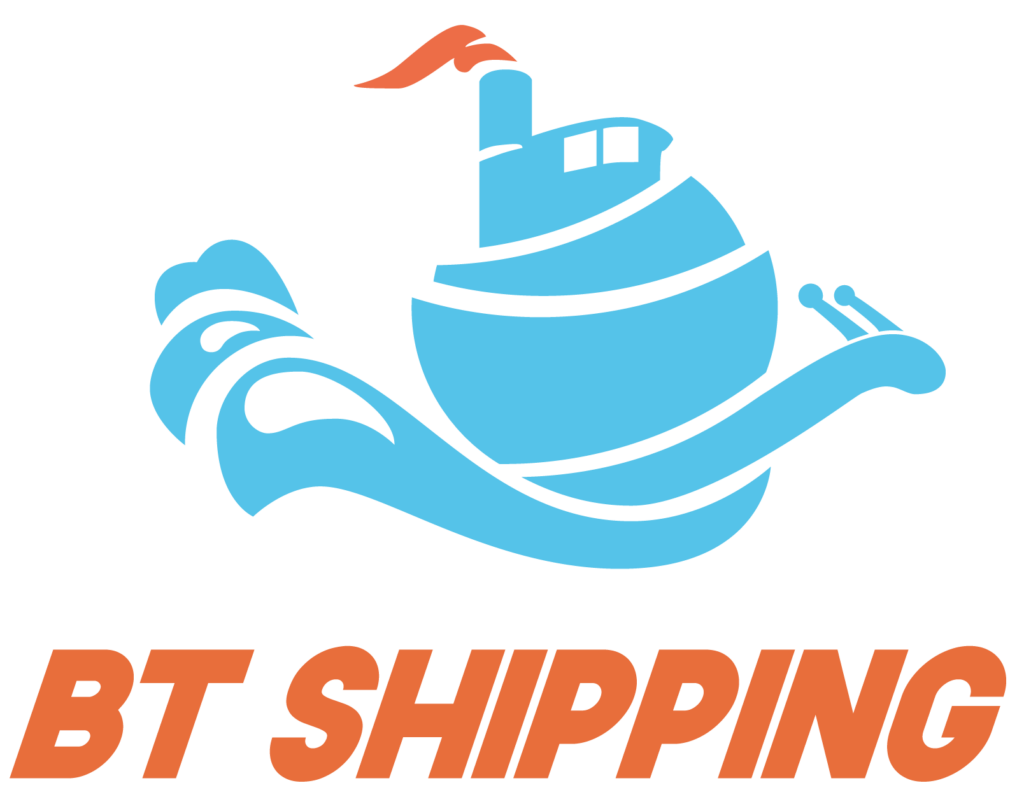

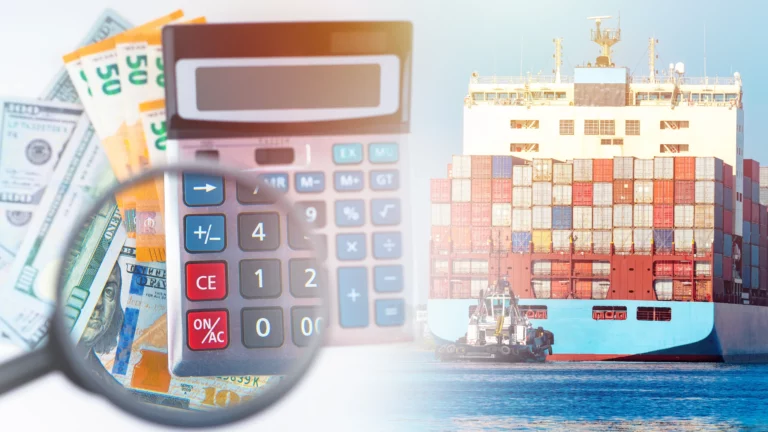
-768x512.webp)


